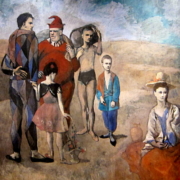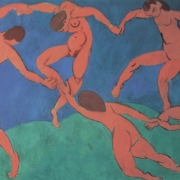The use of dreams in group analysis” touching intangibles”
Abstract
The dreams have a natural symbolic language that can be difficult to understand and every dream is something new. Jung compares dreams to an unknown foreign language. The symbol in a dream is a fact, it means what it is. It must be understood, not as if it were a facade to hide. The language of the dreamer is in the signs and symbols, figures of people are also archetypal motifs as the treasures in a cave, the hero’s journey, the cross a river. One of the symbolic forms of the archetype of the Self appears in a Mandala, the magic circle, the main symbol of unity, the transcendent Self, Jung often describes images like this. Freud asserts that symbols are signs with a fixed meaning and uniformity of meaning. The dream has changed its value in moving from the point of view of a person to two people. Foulkes was a psychoanalyst who wrote the classic short on dreams. He believed that Freud: “The dream is an individual creation is not intended to be made public, nor to be communicated to others. He points out that dreams are influenced by the situation of the dreamer and that must be understood in the context of the transference. He defines his attitude towards the dream as “capacitor phenomena,” the members lose their strength and are lost each other in deep unconscious levels. emotional loads are generated and stored and then dumped in a shared event of the group, often dreams support this event. Foulkes emphasizes that the group is the background of the dream: “Every dream recounted in a group is owned by the group and should be left to the group analysis”, for example, sometimes they are ignored, sometimes are Read more


